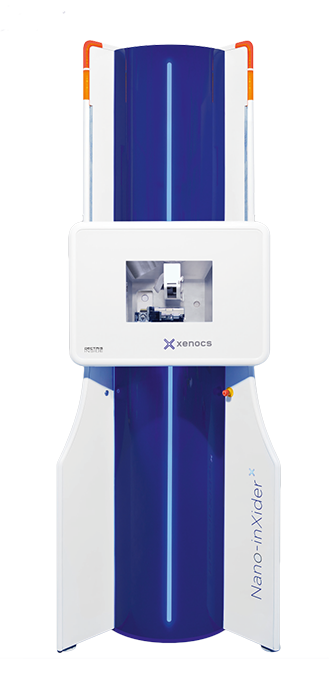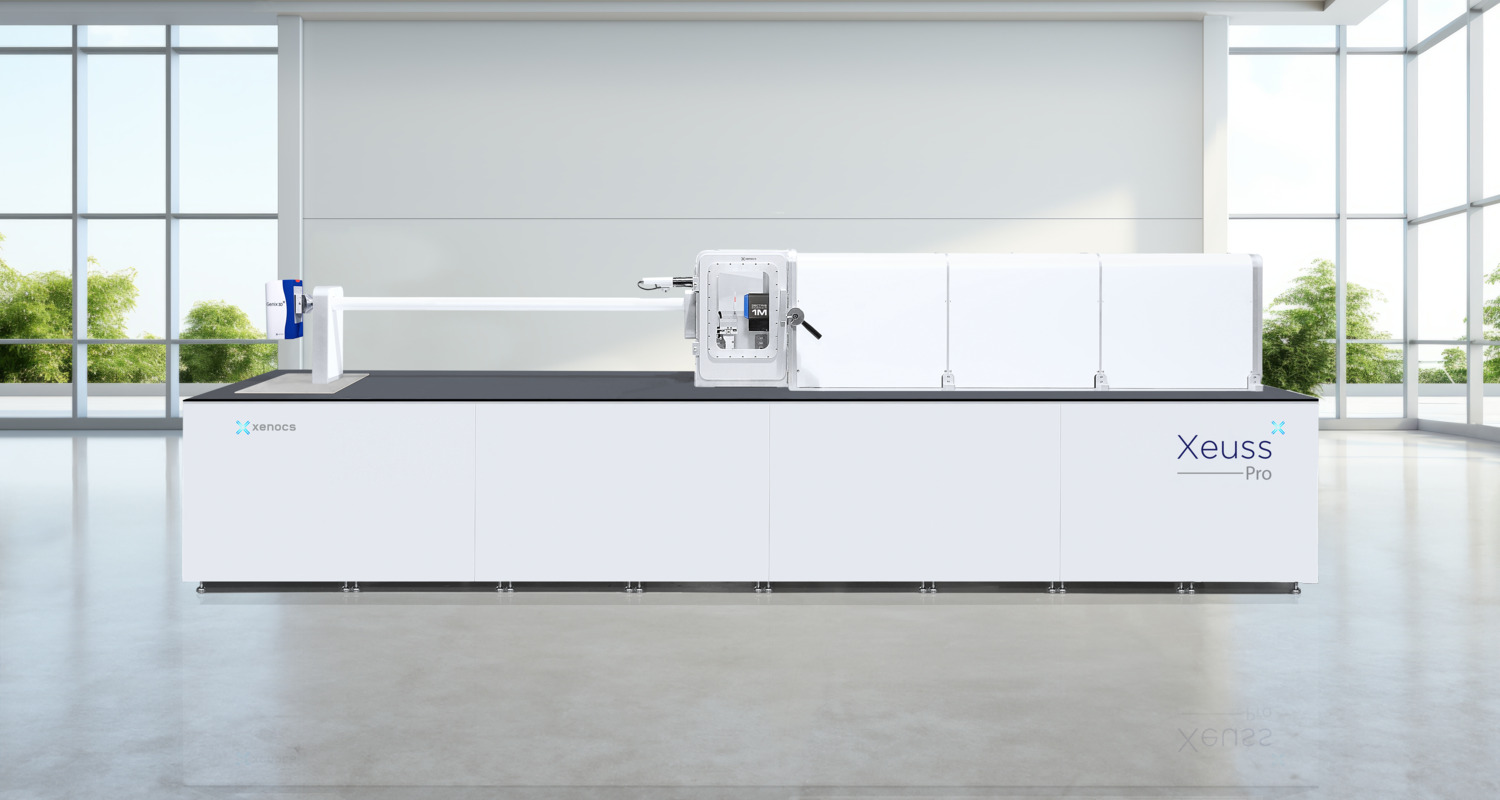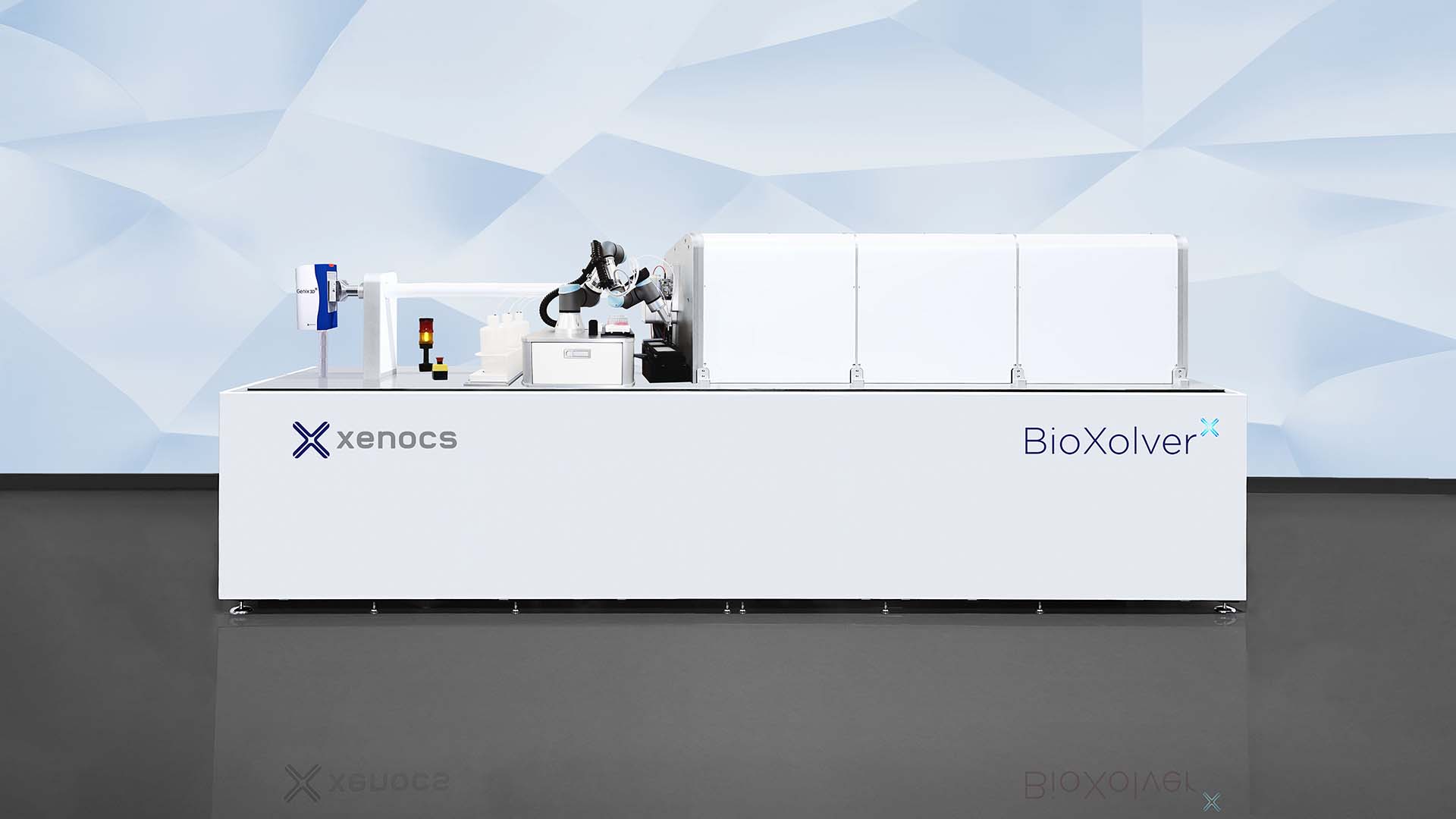可再生能源
提高您的有机光伏电池的性能,
纳米尺度的表征可以帮助你找到答案。
利用X射线散射技术,您可以:
- OPV中聚合物薄膜晶体区域的分子排列和取向特征(及纳米形貌)
- 量化MOFs的孔隙大小、形状、空间分布、网络结构和表面特征
- 原位测量燃料电池催化剂颗粒的尺寸和稳定性
- 测定自组装嵌段共聚物薄膜的相,用于介孔模板和最终的多孔结构
- 发现离子簇间的特征分离距离(PEMs)
Renewable energy
Boost performance of your organic photovoltaic cell,
Enhance the hydrogen storage capacity of a MOF,
Tune catalyst particle size for fuel cells or polymer electrolyte membrane (PEM) structure to increase
proton exchange or stability?
Characterization at the nanoscale can help you find answers.
With X-ray scattering in your lab, you can for example:
- Characterize molecular arrangement and orientation of crystalline regions of polymer thin films in OPV (together with nanomorphology)
- Quantify pore size, shape, spatial distribution, network structure and surface characteristics of MOFs
- Measure the size and stability of catalyst particles for fuel cells in situ
- Determine the phase of self-assembled block-copolymer films for mesoporous templating and final porous structure
- Find the characteristic separation distance in ionomers (PEMs)
具有可调同构结构的有序介孔到大孔氧化物的表征
小角X射线散射是测定多孔材料嵌段共聚物模板物相与温度关系的理想方法。
我们的用户
用X射线散射来进行可再生能源的研究
“We are currently investigating nanoscale heterogeneity in several electrolyte mixtures. We will soon develop the capability to perform simultaneous electrochemical and SAXS measurements to understand how the fluid-solid interface changes during power cycling in energy storage materials.”
Dr. José Leobardo Bañuelos
Department of Physics, The University of Texas at El Paso, USA



















